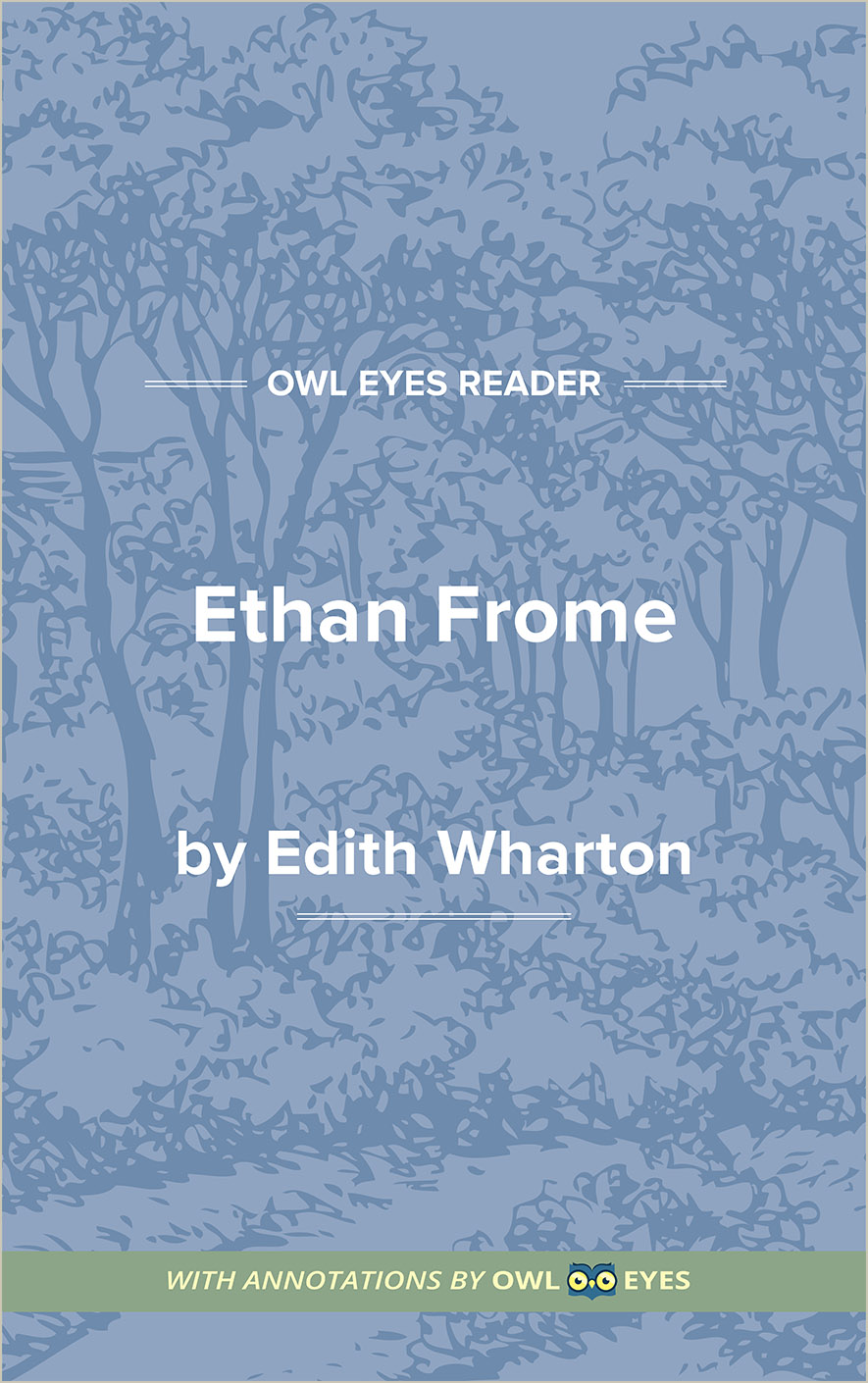Analysis Pages
Facts in Ethan Frome
Facts Examples in Ethan Frome:
Prologue
🔒"popular science..." See in text (Prologue)
Chapter I
🔒"Worcester..." See in text (Chapter I)
"turnipwatch..." See in text (Chapter I)
"the Pleiades..." See in text (Chapter I)
"Aldebaran..." See in text (Chapter I)
"Stamford..." See in text (Chapter I)
"Virginia reel..." See in text (Chapter I)
"exhausted receiver..." See in text (Chapter I)
Chapter III
🔒"electric battery..." See in text (Chapter III)
"Carmen..." See in text (Chapter III)
"The Lost Chord..." See in text (Chapter III)
"“Curfew shall not ring to-night,”..." See in text (Chapter III)
Chapter IX
🔒"Sirius..." See in text (Chapter IX)

